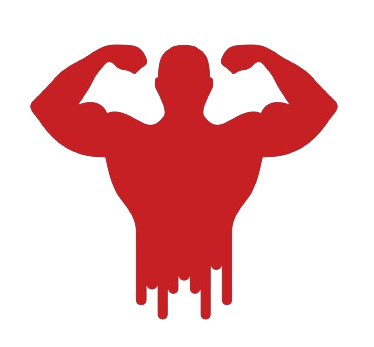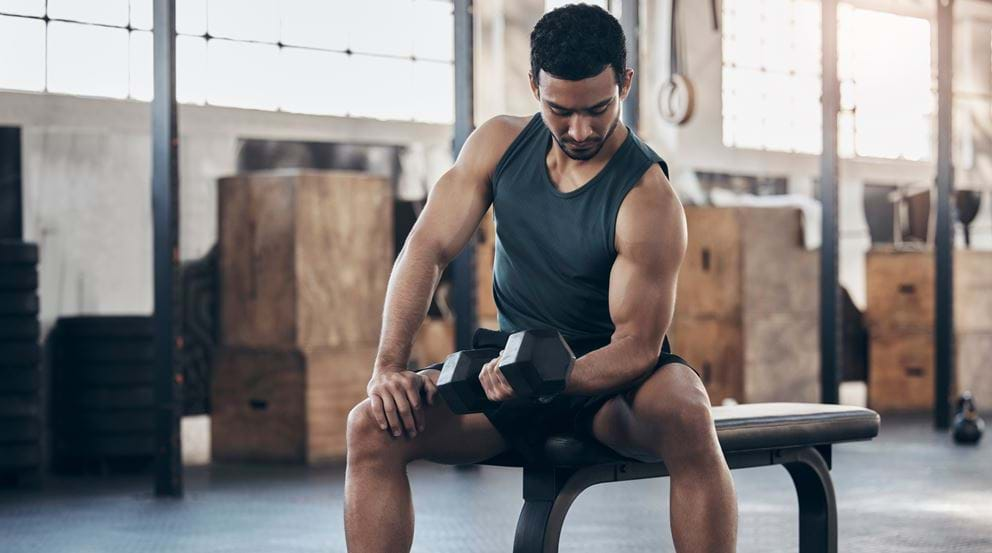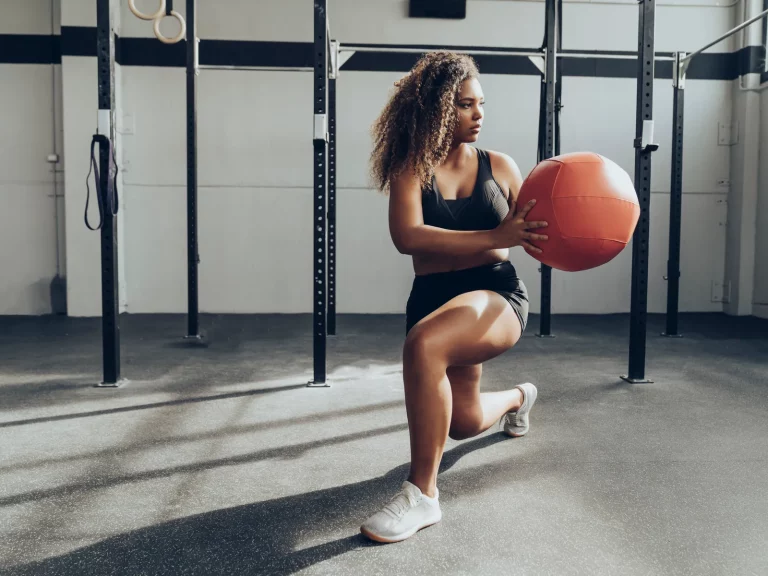Optimal Gym Workout Plan for Building Muscle
Looking to bulk up those muscles? Fantastic! Achieving muscle growth demands consistent commitment to strength training over an extended duration, with no room for shortcuts, unfortunately. However, optimizing this process is possible through proper nutrition and targeted workouts. If you’re eager to streamline your gym sessions and maximize results, read on.
While many individuals pursue muscle gain for aesthetic purposes, it’s important to note the myriad health benefits associated with this endeavor, including:
- Increasing lean muscle mass, which means you’ll burn more calories at rest
- Addressing strength imbalances which can improve postural issues
- Improve overall strength, coordination, and balance
- Improve bone density and slow down bone loss
Gaining muscle, scientifically termed muscular hypertrophy, necessitates dedicated strength training efforts. During strength training, microscopic tears occur in the muscle fibers—a process crucial for subsequent growth. As the body repairs these tissues, they gradually enlarge, leading to noticeable muscle growth over time.
While any form of strength training contributes to increased strength, certain training methodologies are particularly effective in maximizing muscular hypertrophy. Continue reading to discover how to tailor a robust workout plan aimed at muscle gain, along with various approaches you can explore. Alternatively, you can click here to directly access an example workout plan designed for gaining muscle.
HOW OFTEN AND HOW MUCH SHOULD YOU WORK OUT TO GAIN MUSCLE?
There are a few factors to consider when designing a workout plan aimed at building muscle: frequency, volume, weight, and progressive overload.
Frequency of workouts
Most scientific studies on the matter conclude that a muscle needs to be worked at least two or three times a week in order to see it change and grow. This means you should aim to gym at least two times a week, up to a maximum of six times. It may be tempting to gym every day, but rest days are actually crucial when it comes to build muscle.
Volume
The ideal workout volume (the number of reps and sets you do) changes depending on whether your goal is strength, endurance, or hypertrophy. For muscular hypertrophy, 3-4 sets of 8-12 reps per exercise is considered the best approach.
Weight
Your workouts need to challenge the muscles enough to create change, which means choosing weights that are heavy enough that the last couple of repetitions are challenging but not impossible, but you would be unable to complete another rep with good form (or at all).
Progressive overload
Progressive overload is one of the most important principles of strength training. Our bodies are great at adapting to stimulus, so if we repeatedly do the same number of reps and sets with the same weight, we will plateau. Progressive overload involves increasing the difficulty of an exercise over time, either by increasing the weight, reps, depth, or intensity (by slowing down the tempo, for example).
For hypertrophy, what this might look like is doing 10kg for 3 sets of 8 reps one week, 10 reps, the week after, and 12 reps the week after, and then increasing to a weight you can only manage for 8 reps and repeating the process.
ARE FREE WEIGHTS OR MACHINES BETTER FOR GAINING MUSCLE?
Free weights and resistance machines are both great tools for building muscle, and while neither one is better nor worse, there are differences which can make one more suitable than the other.
Resistance machines follow a fixed movement path which make them ideal for those who have just started a muscle-building program or are new to the gym. The fixed path makes it easier to perform an exercise as it doesn’t rely on technical knowledge of the form, and this helps to ensure the right muscles are engaged while minimising risk of injury. It can also allow heavier weights to be lifted more safely, as there is no risk of dropping the weight. While good for beginners, these machines are also good for advanced lifters who want to really isolate a muscle and perfect their form.
Free weights like dumbbells and barbells require the performer to have good form, and usually a strong core. Exercises with free weights are more challenging as more muscles need to be engaged to stabilise the movement. This extra challenge can fatigue the muscles quicker and help to build more strength and stability.
If you’re new to working out, or are struggling to engage the right muscles during exercises with free weights, resistance machines can be a great way to build strength and learn the correct form. Once you’re comfortable with the exercise, you can move to free weights and use dumbbells or barbells to replicate the movement. For example, once you’ve mastered the Seated Chest Press, you can easily perform Lying Dumbbell Presses.
If you’re more experienced, you may prefer to use free weights or a mix of both. You may also find that the use of certain equipment, like a weight training belt, can help you lift heavier amounts without putting additional strain on your body.
SHOULD I DO “SPLIT WORKOUTS”?
Split workouts involve splitting up the muscles worked across the week, so each workout focuses on one area of the body or one type of exercise, for example doing an upper body day one day, leg day the next, or doing push exercises one day, pull exercises another.
Split workouts are useful when you’re training on consecutive days, as you can give the muscles you used yesterday a rest while you work on a different area. Because each muscle group needs to be worked at least twice per week for muscle growth, split workouts work best when you are training at least 3-4 times a week. If you can only commit 2-3 times a week, full body workouts are best.
Classic muscle building splits are:
- Push/Pull/Legs (6-day split)
- Chest & Back/Legs/Shoulders & Arms (3-1-3 split)
- Back & Biceps/Chest & Triceps/Legs/Shoulders (4-day split)
- Chest/Back/Legs/Shoulders & Arms (also a 4-day split)
Rather than focus on body types, a push/pull/leg split (also known as PPL) splits workouts by movement types. Pushing movements typically work chest, shoulders and triceps, while pulling movements work the back, glutes, and hamstrings.



